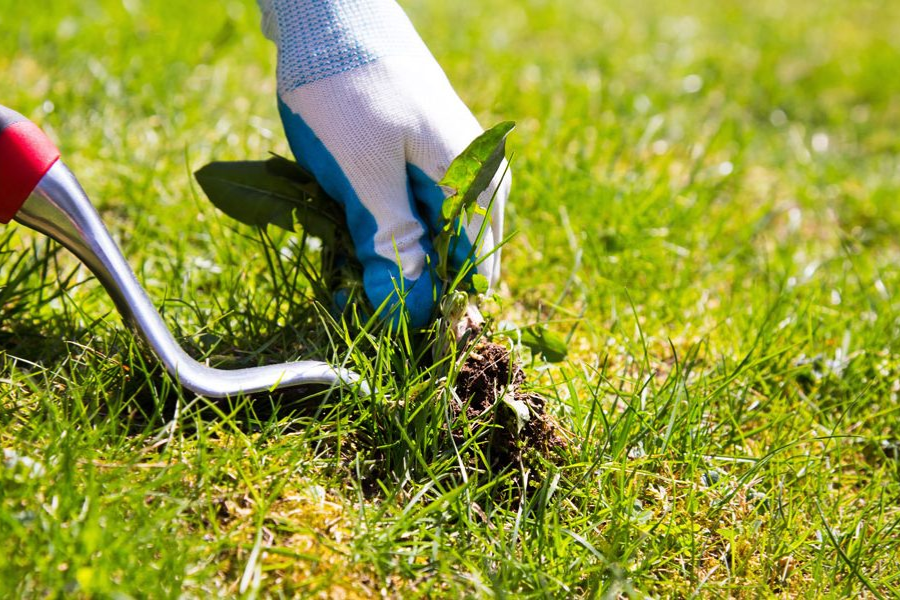Weeds can significantly reduce your crop yields. They disrupt local ecosystems, harbor pests, and degrade overall land quality. Some weed species can disrupt your lawn health by competing for resources; others create an uneven appearance on your property. With that in mind, you should implement effective control techniques to improve agricultural productivity.
Understanding Different Types of Weeds
Annual Weeds
These weeds grow and die within a single season. They spread quickly and are difficult to manage. Some have shallow root systems that quickly resprout. Examples of such weeds are pig weeds, crabgrass, and chickweed.
Perennial Weeds
These weeds have extensive root systems and live for multiple years. They spread through animal or human activities. Examples of such weeds are clover and Canada thistle.
Broadleaf weeds vs. grass-like weeds
Grass-like weeds grow horizontally. They produce seed heads and mimic the appearance of grass. Examples: crabgrass and Bermuda grass.
Broadleaf weeds are visually unique – they come in various shapes and patterns. Their colorful flowers and fibrous root system set them apart from other varieties. Examples: clover, plantain, and pigweed.
Methods of Weed Control
Cultural Controls
This method disrupts the lifecycle of weeds. It involves applying organic mulch, proper spacing of plants, and regular lawn maintenance. You should follow proper mowing techniques to maintain a dense lawn. Additionally, change your mowing pattern to establish areas where weeds can be established.
Mechanical Controls
This method works for weeds with extensive root systems. It involves using hand-weeding techniques to pull out the deep root. You simply grasp the weeds at the base.
You can use a weeding hoe, garden knife, or dandelion digger when using mechanical control methods. Alternatively, you can stop weed development with rototillers or lawnmowers.
Chemical Controls
Pre-emergent herbicides: they create a wall that stops specific weed species from emerging. You should apply them in early fall or spring. Make sure the herbicide is evenly distributed, and don’t disturb the lawn before application.
Post-emergent herbicides: these chemicals work on established weeds. You should apply them in warm temperatures, not extreme conditions.
The common types of post-emergent herbicides are:
- Systemic herbicides – Glyphosate, 2, 4-D
- Contact herbicides
- Selective herbicides – work on specific plants
- Non-selective herbicides
You should read the labels and wear safety gear before using herbicides. Avoid extreme temperatures to ensure the herbicide reaches the target weeds.
Integrated Weed Management
You should combine different weed control methods to achieve better results. For instance, you can use cultural and mechanical control methods to target specific species.
To ensure the weed control method remains relevant, you should adapt strategies that align with the lawn conditions. Next, identify the types of weeds and monitor for signs of pests and diseases. This is where a trusted lawn care company comes in. The team will accurately identify the various weed species and recommend an effective control method.
Common Mistakes to Avoid
Over-reliance on self-application and treatment methods
Over-reliance on self-application can lead to inconsistent results. You also risk damaging the plant. Self-application and treatment methods can be physically demanding when dealing with persistent weed problems.
Neglecting pro lawn care routines
Professionals know how to follow proper lawn care routines. If you neglect them, you won’t manage weeds effectively.
Conclusion:
Successful weed control requires a deep understanding of various weeds and a combination of different control methods. You should avoid common mistakes and seek advice from lawn care professionals. Finally, you’ll need a holistic strategy to achieve better results.
Stay in touch to get more news & updates on Gossips!




